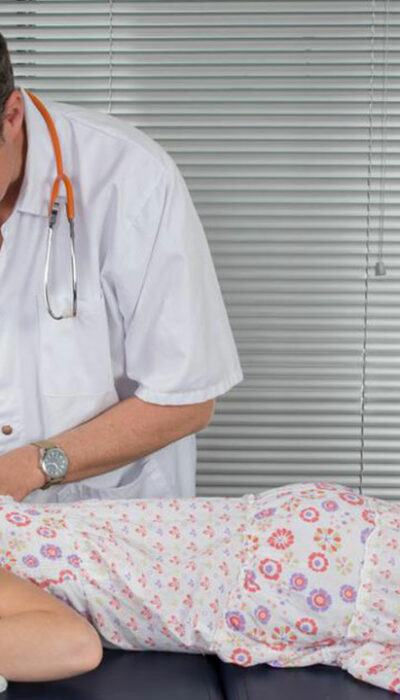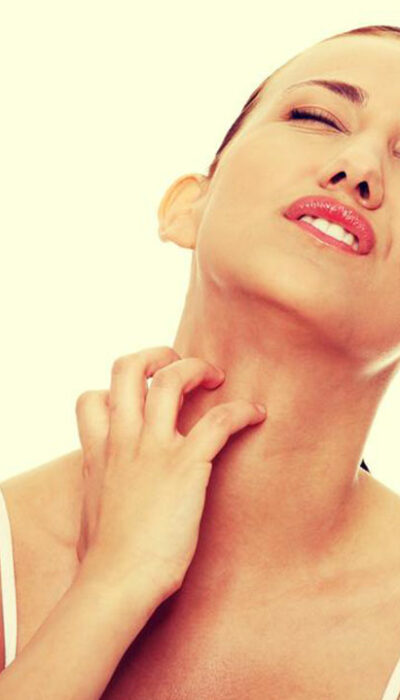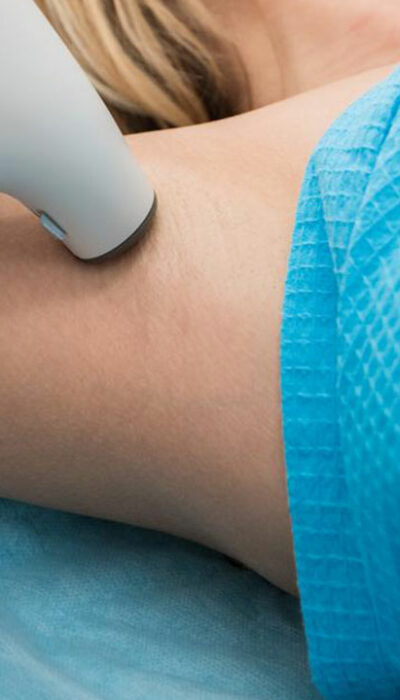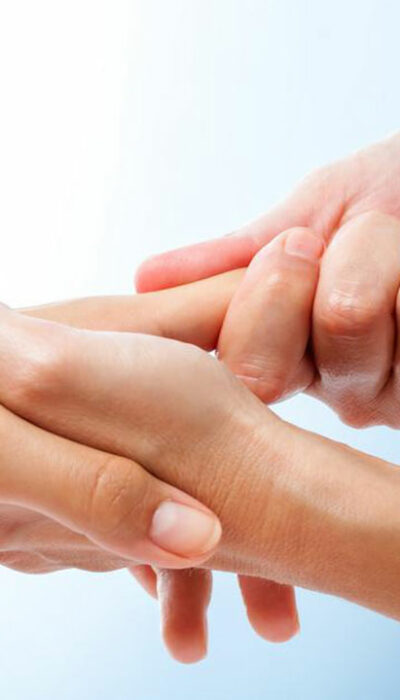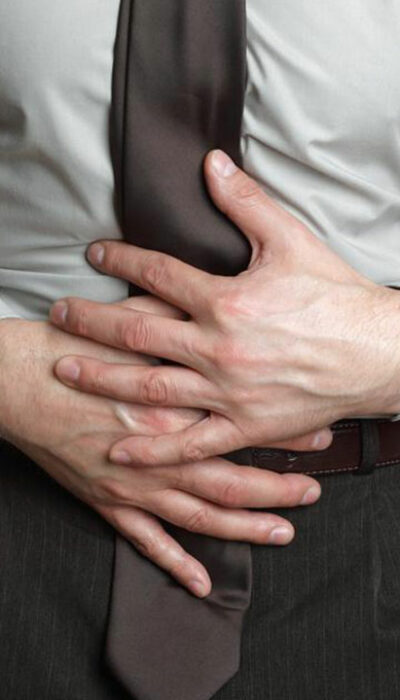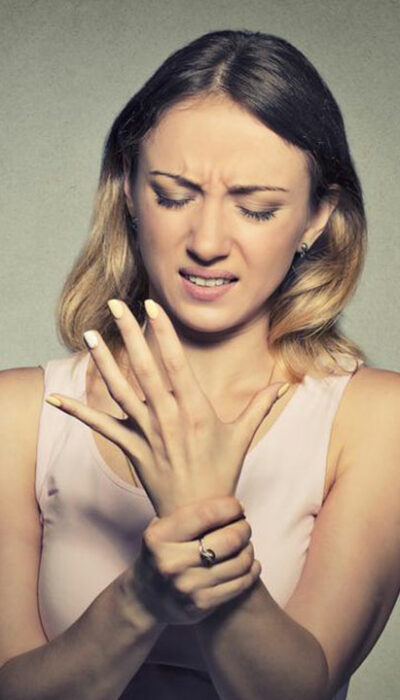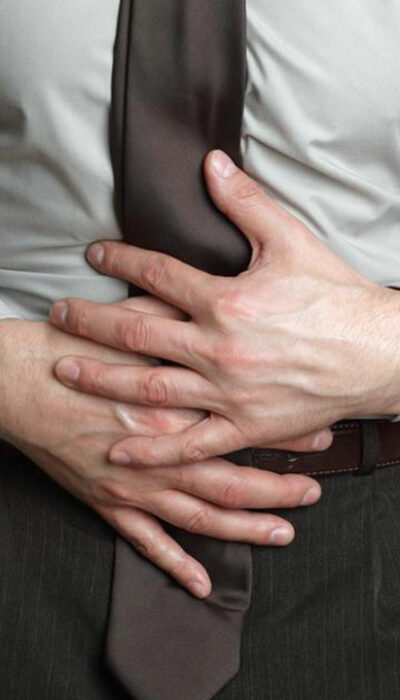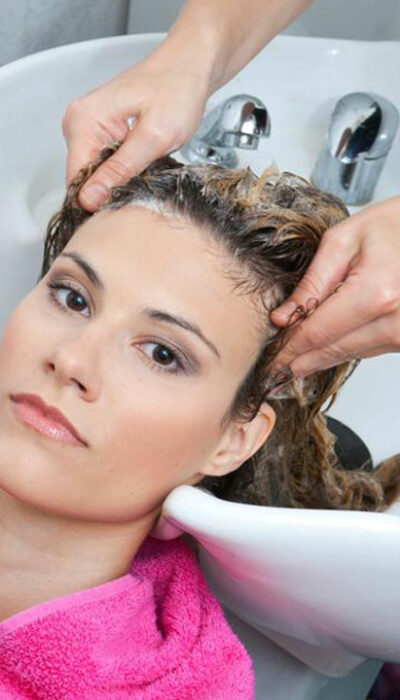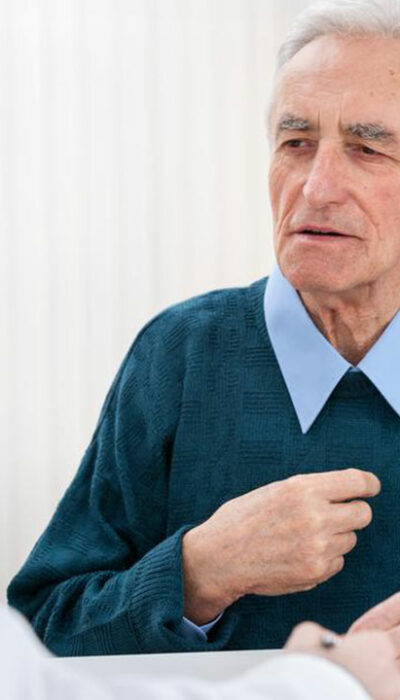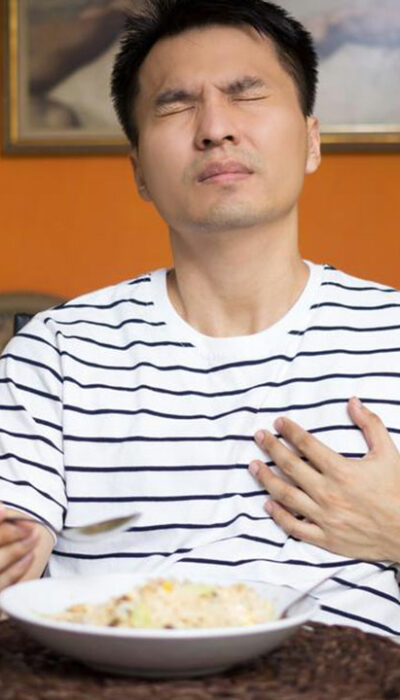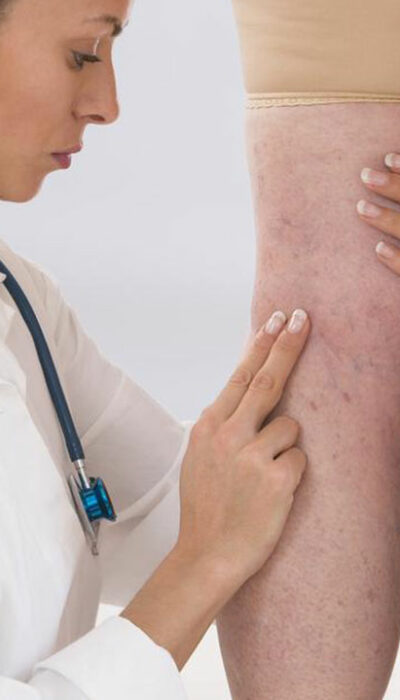
Effective Treatment for Varicose Veins
The varicose veins are the blood vessels which carry the blood back from the legs to the heart. Many times you must have noticed the blue gnarled veins under the skin. This could probably be a varicose vein disorder. The National Institute of Health reveals that 60% of men and women suffer from the varicose vein problem. Varicose veins disorder starts with the development of spider veins. The spider veins are the soft red and blue tracing of veins that appear on the skin. They look similar to spider webs. Exposure to the sun breaks down the collagen level and worsens the problem caused by spider veins. The varicose vein disorder can be caused by several factors. Hormone disorders play a big part in the occurrence of varicose vein disorder. Birth control pills, puberty, menopause, pregnancy, and the consumption of estrogen and progesterone result in the weakening of vein valves. In pregnant women, blood circulation is increased to make sufficient blood available for the mother and fetus. This causes the veins to bulge. Sitting for longer time intervals on thighs obstructs the blood return to the heart. Generally, the varicose veins that arise during pregnancy subside after three months of delivery. Standing for long hours, aging, and excess weight gain are other causes of the varicose veins. There are many medications and treatments for varicose veins. Luckily, varicose vein treatment doesn’t involve bed rest and hospital stay. This is because varicose vein treatment involves less invasive procedures. Varicose vein treatment methods Sclerotherapy A solution that closes the varicose veins is injected into the varicose veins. The varicose veins fade in a couple of weeks. This varicose vein treatment isn’t painful and can be administered without anesthesia. Foam sclerotherapy A foam solution is injected into the larger veins to close the vein.
